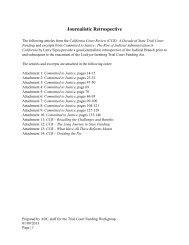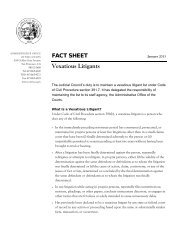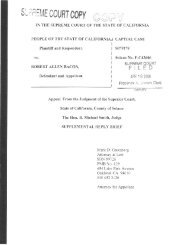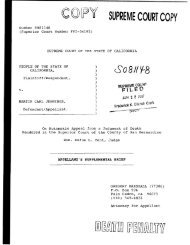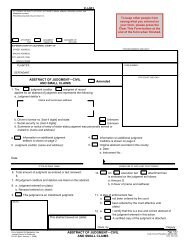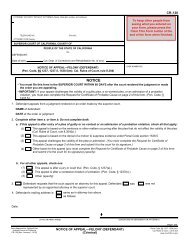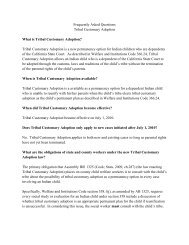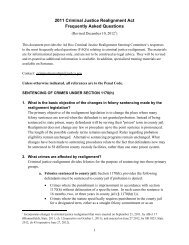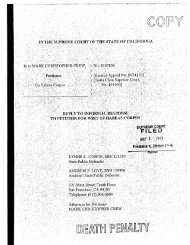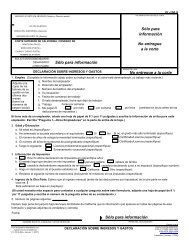Appellant, William Satele, Reply Brief - California Courts - State of ...
Appellant, William Satele, Reply Brief - California Courts - State of ...
Appellant, William Satele, Reply Brief - California Courts - State of ...
Create successful ePaper yourself
Turn your PDF publications into a flip-book with our unique Google optimized e-Paper software.
Furthennore, it is well established that arguments <strong>of</strong> counsel cannot replace<br />
or supersede instructions from the trial court. (Carter v. Kentucky (1981) 450 U.S.<br />
288, 304; see Soule v. General Motors Corp. (1994) 8 Cal.4th 548, 586 Arabian,<br />
J., concurring and dissenting - "Counsel's argument was merely that -- argument-<br />
unless and until a ratifying instruction from the trial court dignified it with the<br />
force <strong>of</strong>law."; People v. Mathews (1994) 25 Cal.App.4th 89, 99 -"[I]nstruction by<br />
the trial court would weigh more than a thousand words from the most eloquent<br />
defense counsel.") Therefore, the prosecutor's arguments cannot replace correct<br />
jury instructions when it comes to detennining what elements the jury thought that<br />
it had to find in order to detennine that the enhancement had been proven.<br />
In sum, for the reasons stated herein, the jury was neither correctly nor<br />
adequately instructed on the gang enhancement.<br />
C. Chapman's Harmless-Error Standard Is the Governing Standard <strong>of</strong><br />
Review<br />
In their respective openmg briefs, both appellants contended that the<br />
governing standard <strong>of</strong>review for the challenged instructional error is the harmless<br />
error standard announced in Chapman v. <strong>California</strong> (1967) 386 U.S. 18. (Nunez<br />
AOB 132-133, joined by appellant at AOB p. 329.) Chapman analysis compels<br />
reversal unless respondent has "prove[d] beyond a reasonable doubt that the error .<br />
. . did not contribute to" the jury's verdict. (Id. at p. 24.)<br />
Respondent, however, contends the proper standard is the harmless-error<br />
standard announced in People v. Watson (1956) 46 Ca1.2d 818, 836. Watson<br />
requires reversal if it is "reasonably probable" that the trier <strong>of</strong> fact would have<br />
reached a result more favorable to the defendant but for the error. (Id. at p. 836.)<br />
Respondent is wrong; the applicable standard is Chapman.<br />
Respondent relies on People v. Sengpadychith (2001) 26 Ca1.4th 316, 158<br />
159, 172-174.) In Sengpadychith, this court concluded that instructional error<br />
pertaining to a gang enhancement provision attached to an indeterminate term<br />
43



